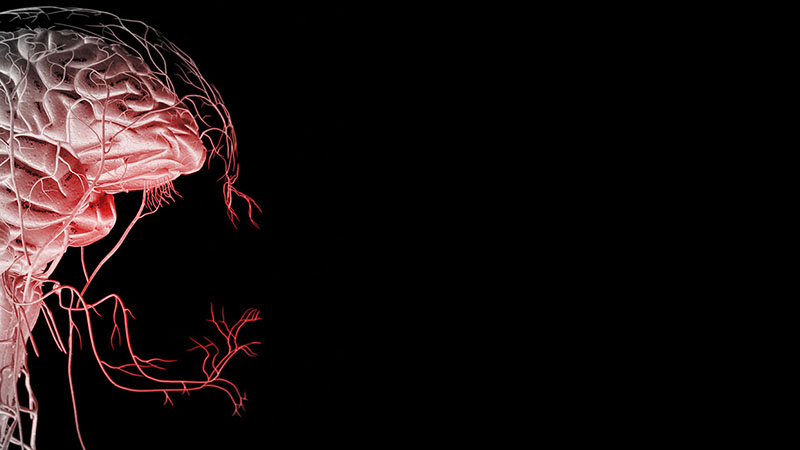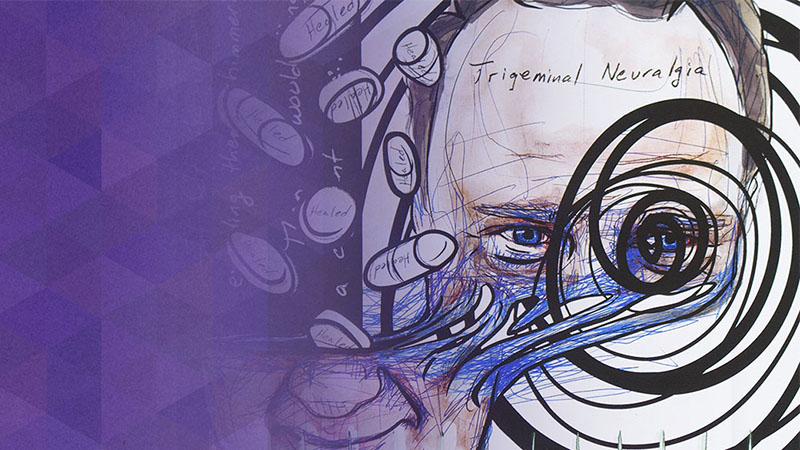Causes and Diagnoses
Causes and Diagnoses of Neuromuscular Disorders

While neuromuscular disorders can have similar symptoms, the causes and diagnoses can be very dissimilar. Your physician has access to a variety of traditional and leading-edge technologies for diagnosing neuromuscular diseases.
Carpal tunnel syndrome (CTS)
CTS occurs when the median nerve at the base of the palm becomes compressed, causing numbness, tingling and pain, especially at night or when holding objects. Its many causes include inflammation from repetitive motion, fluid retention, osteoarthritis, diabetes and hypothyroidism. Carpal tunnel syndrome can usually be diagnosed with simple tests performed in your physician’s office:
- Tinel's sign includes tapping on the median nerve to bring about symptoms
- Wrist flexion test (Phalen test) to bring on numbness and tingling
- X-rays to eliminate arthritis as a cause
- Electrical studies (EMG) to measure nerve conduction in the affected arm
Hyperhidrosis
Hyperhidrosis is caused by overactive eccrine or apocrine glands, which are stimulated by heat, hormones, stress and physical activity. It can be diagnosed with a thorough physical exam and several tests:
- Paper test to absorb and measure the amount of sweat
- Starch-iodine test to determine where excess sweat is being produced
- Laboratory tests to rule out other conditions that cause excessive sweating
Myasthenia gravis (MG)
MG is a chronic disease that occurs when the body produces antibodies that attack muscles and interfere with their ability to absorb neurochemicals that are essential for movement. Excess cells in the thymus gland appear to be the cause. Symptoms vary greatly from person to person. They may develop slowly or hit all at once, then wax and wane over time, making the condition difficult to diagnose. After a complete office exam, your physician will order:
- Blood tests to measure antibodies created by the thymus gland
- Electrical studies (EMG) to measure nerve and muscle function
- Tensilon test to see if muscle strength returns when the drug tensilon is introduced
Neuropathy
Neuropathy (peripheral neuropathy) is most often acquired through diabetes, trauma, infections, alcoholism, vascular disorders and vitamin imbalances. It is diagnosed through a thorough physical examination as well as:
- Blood work
- CT scan
- Magnetic resonance imaging (MRI)
- Nerve conduction study
- Needle electromyography to measure nerve and muscle health and response
- Nerve biopsy (occasionally)
Radiculopathy
Radiculopathy is caused by a herniated disc in the spine that pinches the spinal cord or a spinal nerve. It can be often diagnosed during a physical exam. Occasionally, your physician may also order:
Sciatica
Sciatica can be caused by a herniated or slipped disc or vertebra, spinal stenosis (narrowing of the spinal canal) or a muscle spasm in the buttocks. It is frequently diagnosed with a simple leg-raise test, but may also require:
- X-ray
- Magnetic resonance imaging (MRI)
- Nerve conduction velocity test
- Myelogram, in which dye is injected between the vertebrae to view potential fractures or slipped discs



